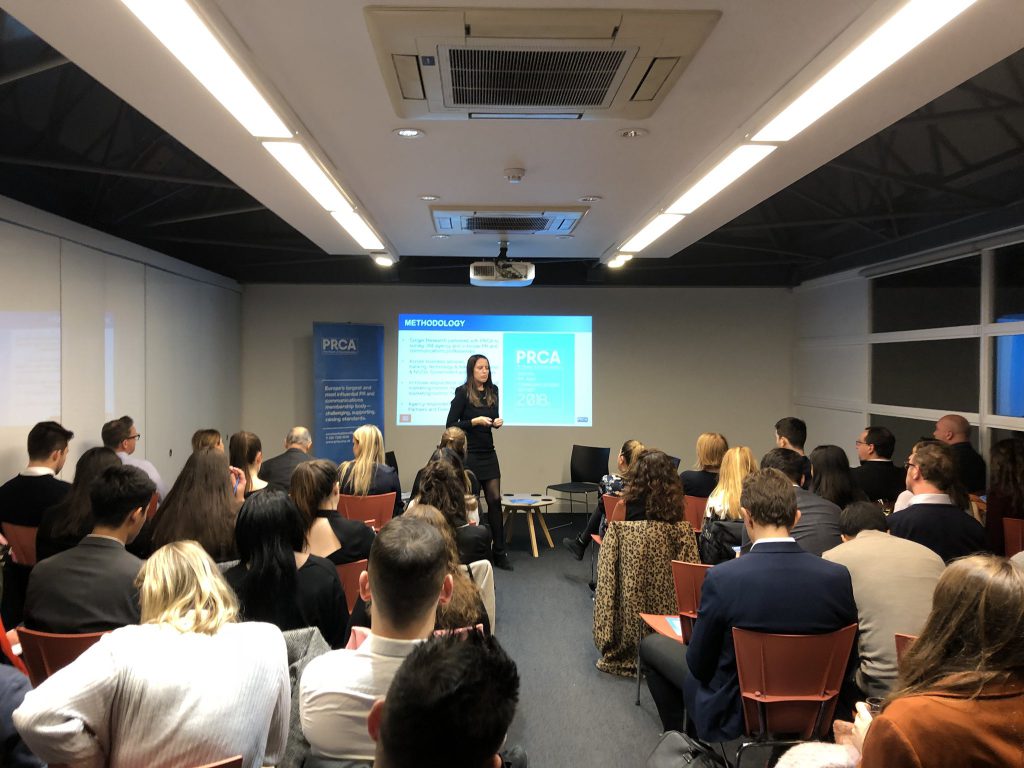Influencers – or influence?

About the author
Kevin is a co-founder of PR Academy and editor/co-author of Exploring Internal Communication published by Routledge. Kevin leads the CIPR Internal Communication Diploma course. PhD, MBA, BA Hons, PGCE, FCIPR, CMgr, MCMI.

If the discussion at the launch of the PRCA Digital PR and Communications Report in London on 31 October highlighted one thing above all else it is the long overdue realisation that it is not influencers (and reach) that matters, it is ‘true’ influence.
Panellists Toby Gunton (@t08yg), Marshall Manson (@marshallmanson) and Abby Guthkelch (@guthka) stressed the need for relevance and more focus on micro-influencers and even raised the idea of establishing industry provisions on dealing with influencers. The report itself suggests that spends on outreach have declined in the last year.
The way forward suggested by one panellist is to work with influencers who are both authoritative and easy to work with.
The micro-influencer theme continued in the panel discussion when it turned to platforms. A move towards targeting smaller groups may well be a more productive way to go and this is where LinkedIn offers stronger potential than other platforms. As Toby pointed out, you can use LinkedIn for B2C as well as B2B.
There was an interesting discussion about future industry trends. Views ranged from a user backlash as a consequence of social media addiction and links to mental health issues to an influx of regulation led by Europe that will have negative consequences. Other perspectives focused on more technical points such as the rise of voice and image search and the ways that PR could impact those search results. AI and automation could have a significant impact on using digital communication as a customer service platform.
In the introduction to the report, Danny Whatmough notes that ‘There’s still a lack of formal training and education in areas that really matter for our industry’. However, what areas that ‘really matter’ are did not feature very strongly in the panel discussion on this topic which got a little bogged down on technical aspects of training (that are quickly out of date) and ‘learning by doing’.
When it comes to measuring the impact of digital communication, the report suggests that ‘confidence in the ability to measure the ROI of digital PR (such as banner ads, SEO, etc) continues to drop from 63% to 58%’. This decline was challenged by one panellist as it could actually be a quirk in the data due to confidence intervals as a result of the relatively small sample size (384 respondents).
However, the real question is what did respondents understand ROI to be? 58% confidence in a robustly calculated financial return on investment is surprisingly high and I suspect the term ROI is being interpreted somewhat loosely here.
For those of you reading this review keen to know what the next big ‘platform to watch’ might be, the panel were understandably reluctant to name any one example. However, one person in the audience did offer a suggestion: Twitch.
Click here for a full round-up of the report.